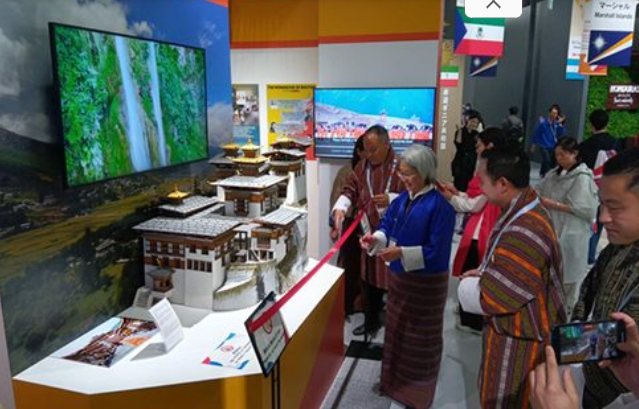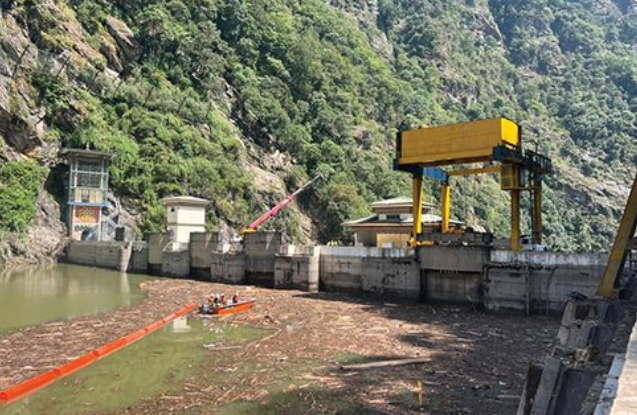
Thimphu faces a transportation crisis, with over half of its commutes predicted to be in traffic queues by 2047 if current trends continue unchecked. The LETMP aims to tackle traffic congestion by focusing on 100% electric taxis, government vehicles, and city buses within two decades. The plan is aimed at improving the capital’s quality of life and environmental well-being, but the rapid population growth and increasing number of vehicles further complicate the situation. The LETMP in Thimphu aims to redesign public bus services, transition to 100% electric vehicles by 2035, and decarbonize all vehicle types by 2047. The plan includes charging infrastructure, financial incentives, and vehicle scrapping policies. It also prioritizes pedestrian safety, active mobility, cycling, and parking, with plans to reduce traffic congestion and improve urban mobility.
In order to improve pedestrian safety, traffic flow at important intersections will be optimised, and alternate routes will be created to divert through-traffic from the city centre. In order to lessen dependency on private vehicle ownership, the strategy also calls for the establishment of mobility hubs that combine different forms of shared transportation. Creating lively, welcoming, and easily accessible public areas that are in line with Thimphu’s rich cultural legacy is another goal of the plan. In order to achieve this, streets must be carefully planned according to their intended uses, urban amenities, landscaping, and lighting must be improved, and clear wayfinding systems must be put in place to link important landmarks and public areas.



